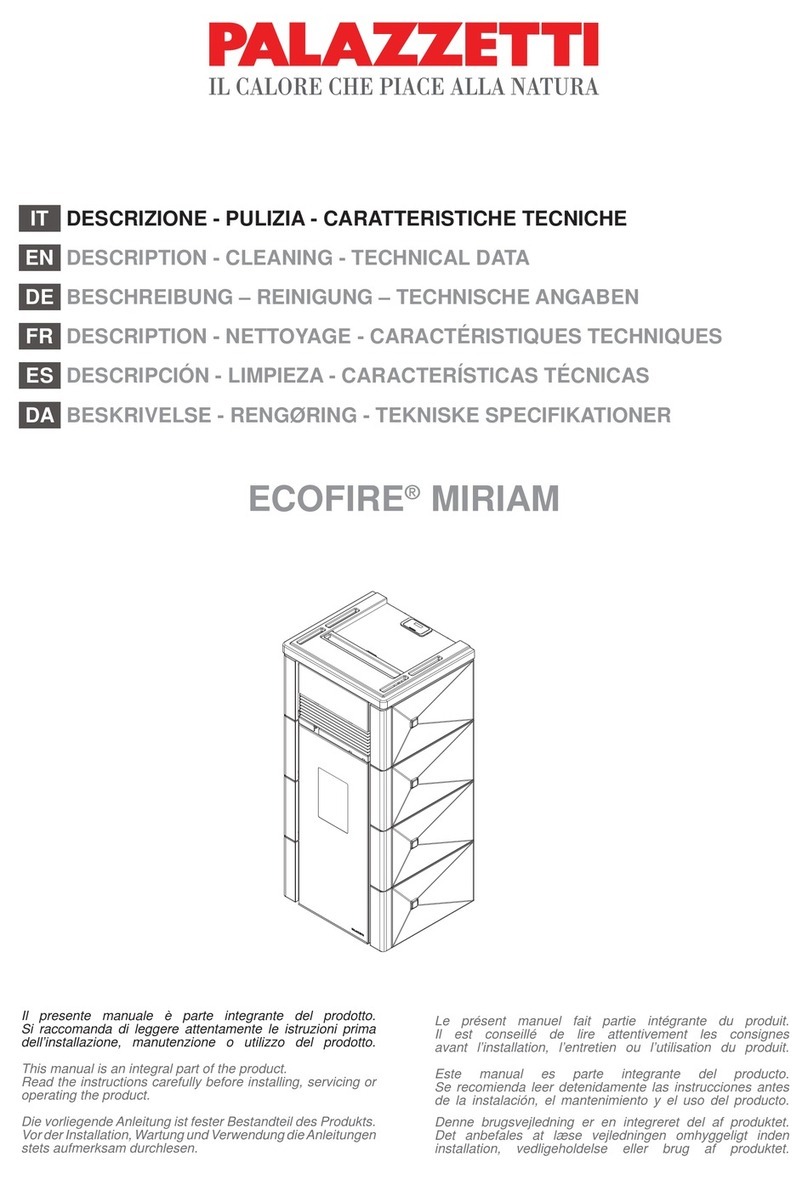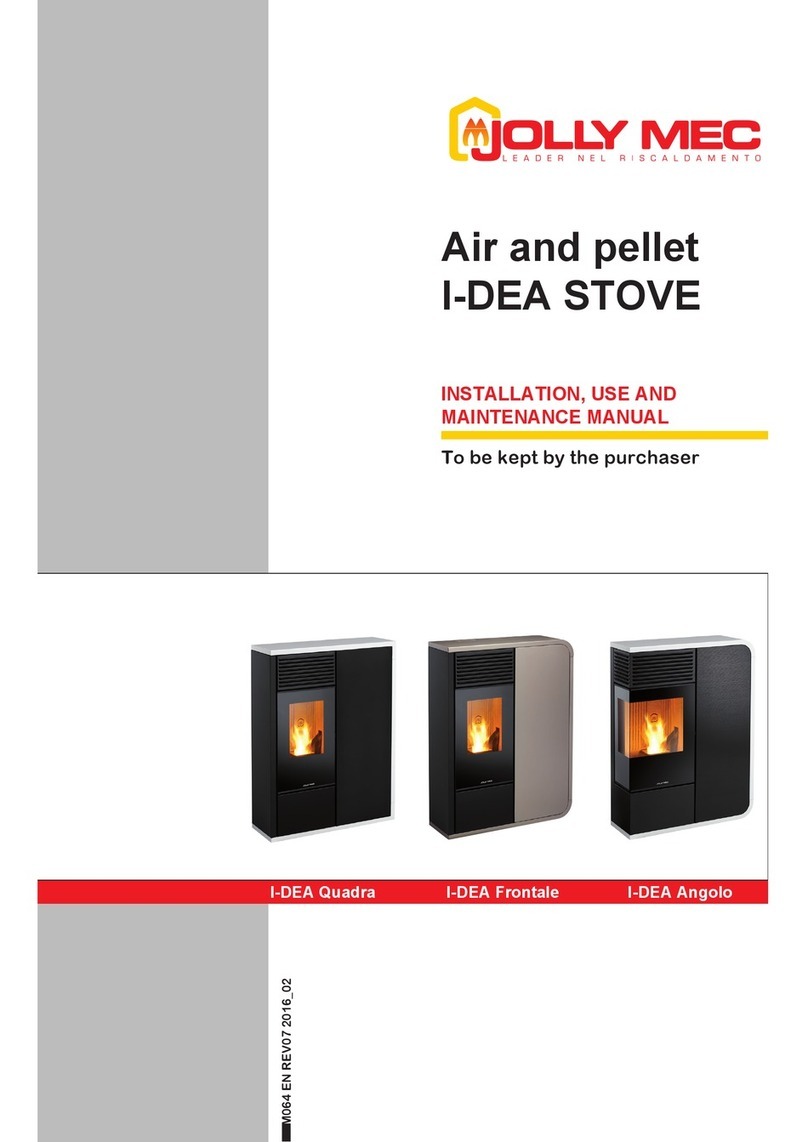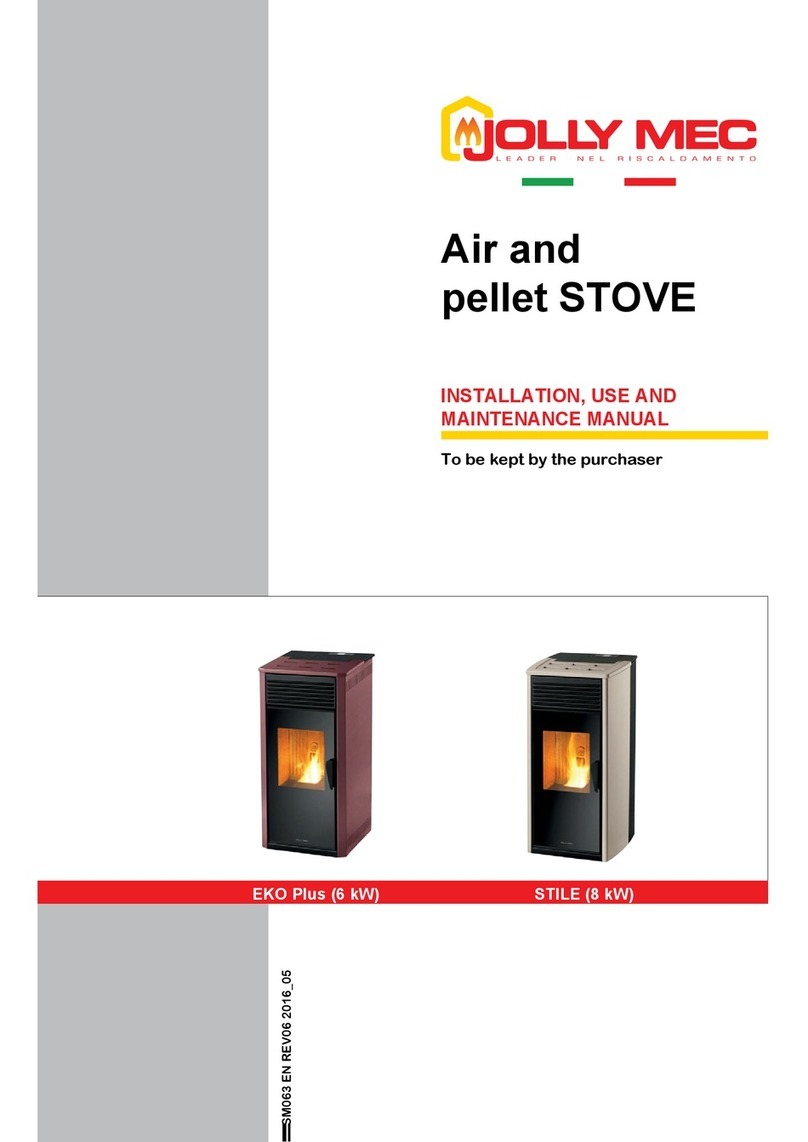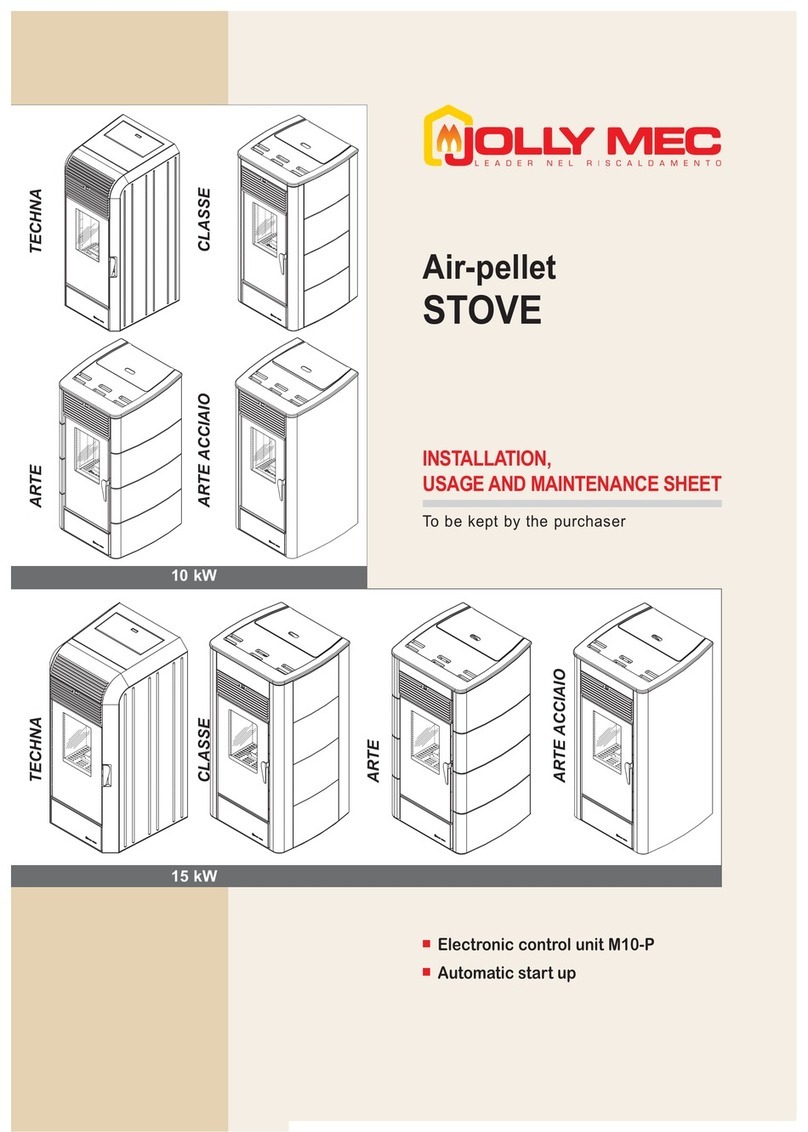
8
CHAP.02 ACCIDENT PREVENTION / SAFETY REGULATIONS
02.1 GENERAL CONSIDERATIONS
• The manual refers to essential aspects of the directives, regulations and dispositions on using the machine, summarising
its most signicant points.
• General legal regulations and mandatory rules regarding injury prevention and environmental protection must be
observed. These obligations also include regulations regarding the use of personal protective equipment.
• For all work to be done on the system, the following dispositions and regulations in force must be observed regarding
accident prevention, following the indications.
• Before using the system the rst time, the user must have read and understood the instruction manual perfectly and this
chapter in particular.
• The user must also make sure that the machine is always in good condition as regards its safety requirements.
• During maintenance and inspection activities, wear the protective garments specied in following
CHAP.02.4 -
EQUIPMENT FOR OPERATORS AND MAINTENANCE PERSONNEL.
Cleaning and maintenance activities
may only be performed with the equipment cold and preferably disconnected from the power mains or with the main
switch in the “O” position.
• Danger warnings and signals in the form of plates, labels and markings must not be removed or made unidentiable. If
they are worn or broken, they must be replaced.
• Modications, additions or transformations must not be made on the machine and its components without the
manufacturer’s authorisation. This is valid rst and foremost for installation and regulation of the installed safety devices.
Failure to comply with this warning relieves the Manufacturer of all and any responsibility.
• Make sure, before starting up every time and after carrying out maintenance, that dismantled parts have been repositioned
correctly and in particular all the protection devices that impede access to the machine.
02.2 SAFETY REGULATIONS FOR ROUTINE MAINTENANCE AND USE
• The user and/or owner of the product is required, in accordance with the laws in force, to assign the installation and
maintenance to qualied and specialised operators, and acknowledge the risks and hazards should they fail to observe
this requirement.
• Use of this product is not permitted for children, persons with acknowledged reduced psycho-physical and sensory
abilities and persons who lack experience in using such machines, unless they are supervised by designated persons
responsible for their safety.
• The settings and programming of the product must only be performed by adults who have received suitable and specic
training. Errors or incorrect settings can create hazardous conditions and trigger malfunctions with relative consequences
for persons and things.
• Before any cleaning and/or routine or extraordinary maintenance on the machine, disconnect it from all energy sources;
in particular, turn the electrical power switch to “O”.
• Prior to installation, the user and installer are obliged to check that the mains electrical supply to which the machine will be
connected, corresponds to the voltage on the identification plate (see
CHAP.05.2 - PRODUCT IDENTIFICATION
),
and that it is equipped with all suitable safety devices to classify the electrical system as compliant with applicable safety
standards. If this is not the case, contact a Qualified Technician to adapt the system to required standards.
• Upstream from the machine (at the user’s expense) on the electrical power supply line, a bipolar switch must be installed
that is able to intercept all the current phases (see
CHAP.06 - TECHNICAL DATA
).
• The irradiation area includes the area between the opening of the hearth and up to 1 metre of space frontally as well as
laterally. No inammable object must be left in this area (such as: inammable liquids, re-starting products or rewood,
drapes, wooden decorations, rugs, etc.).
• Do not use the stove to dry clothes, it could overheat and cause an outbreak of re.
• ATTENTION - BEWARE OF BURNS, most of the outer surfaces of the stove are very hot, door handle, glass, metal
sides, majolica or metal top, fume exhaust pipe etc. Never touch the stove with naked hands when it is running; always
use heat protection gloves, such as those supplied with the stove, when handling all parts.
• Before doing any internal cleaning or maintenance, you must wait until the machine reaches the ambient temperature.
• If the stove is in alarm status due to a malfunction, do not attempt to restart it before nding out what has caused the heat
generator to shut down.
• Never wash the internal parts of the combustion chamber with water.
• In alarm status for failed start up, do not try to restart the stove until the rebox has been thoroughly cleaned.






























